Company working with leading fashion designers and brands to make customized fashion design commercially viable using novel direct-to-textile 3D printing technology
Since its unveiling at New York Fashion Week last fall, the ability to 3D print directly onto fabric has drawn significant interest from the world of high-end fashion. Exemplified by the works of fashion designers threeASFOUR and Travis Fitch on NYFW’s catwalk, this technological milestone gave the world a preview of what fashion design could look like when combining the geometric and aesthetic freedom of 3D printing with the comfort of fabric.
Sidebar
Applications
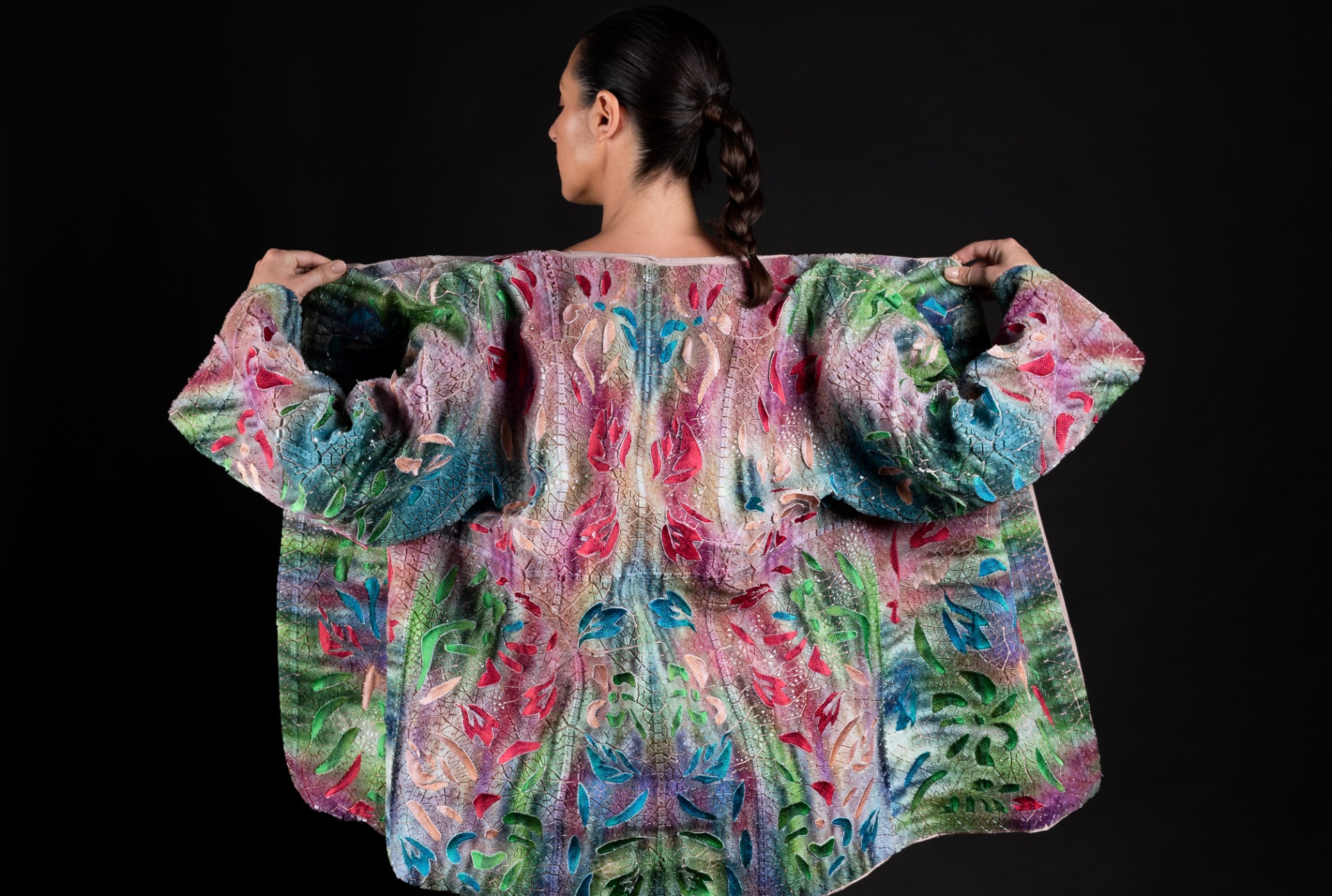
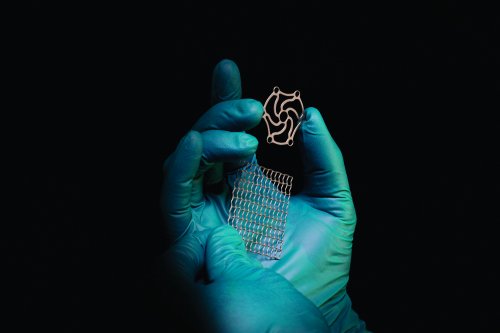
Precisely etched medical components convince in the cleanliness test
The photochemically etched titanium parts produced by Precision Micro meet the highest standards of cleanliness and could save medical device manufacturers time and money.
A Monocyte Activation Test (MAT) performed on human blood under FDA conditions achieved excellent results with 0.024 EEU/device and 75.4%. For the components to pass the test, they must not exceed 20 EEU/device. In addition, the maximum recovery must be between 50% and 200% according to FDA regulations. A cytotoxic test was also carried out to check the toxicity of the medical devices and materials. It showed that the parts did not have any cytotoxic potential.

Additive Manufacturing proves that it can also be used for medicine
The "big coming out" was not planned like that, from one minute to the next, literally like "thrown into the water". But the current developments around the SARS-CoV-2 virus, whose effects cause the disease COVID-19, have already changed a lot. Everyone was forewarned about this pandemic, prepared the most - but the effects are exceeding all plans. Since the virus also attacks the respiratory tract and lungs, many have to be placed not only in quarantine, but the more serious cases also have to be hospitalized - and mostly in intensive care units. These have to be removed at short notice and expanded with medical equipment. Devices, however, which are usually not directly available or available. Here, additive manufacturing came to the rescue suddenly and quite unexpectedly for many. However, additive manufacturing has so far passed the free swimmer or even the speed swimmer and other tests well. By Sabine Slaughter.

Reimagining knee replacements with additive technology and artificial intelligence
Italian medical implant manufacturer REJOINT is introducing mass customization and therapy personalization through a combination of Electron Beam Melting (EBM) and computerized analysis of intraoperative and post-operative data collection through IoT-connected sensorized wearables.

3D Printing Technology Helps Cincinnati Zoo’s Meerkats Mimic Wild Behaviors
Engineering meets zoology in a novel collaboration between the Zoo and GE Additive
Cincinnati Zoo & Botanical Garden is home to 2,000 animals, including world-famous hippo Fiona, and is committed to providing each one with excellent care. Thanks to a novel partnership with GE Additive, known for pushing the boundaries of industrial 3D printing (often referred to additive manufacturing), some of the animals are getting meals from a fabricated feeder that encourages natural foraging behaviors.
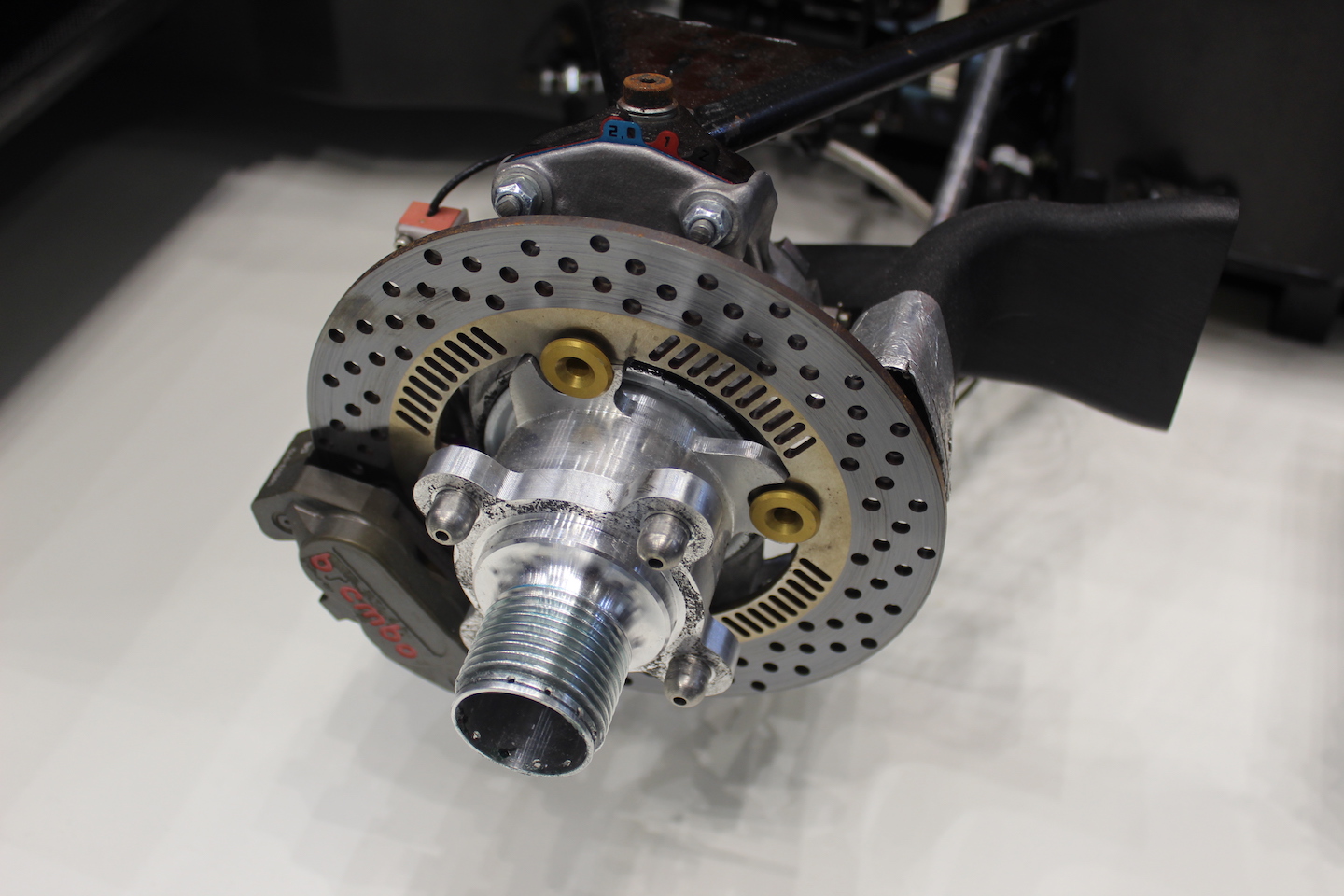
Formnext - Many new things, many further developments and above all many new materials
With 852 exhibitors and 34,532 visitors, an increase of more than 8,000 visitors compared to the previous year, Formnext has become the leading trade fair for everything to do with additive manufacturing. The Frankfurt exhibition halls were packed from morning to night, with many visitors finding more than just inspiration for future projects and lively discussions, especially about materials. From Sabine Slaughter
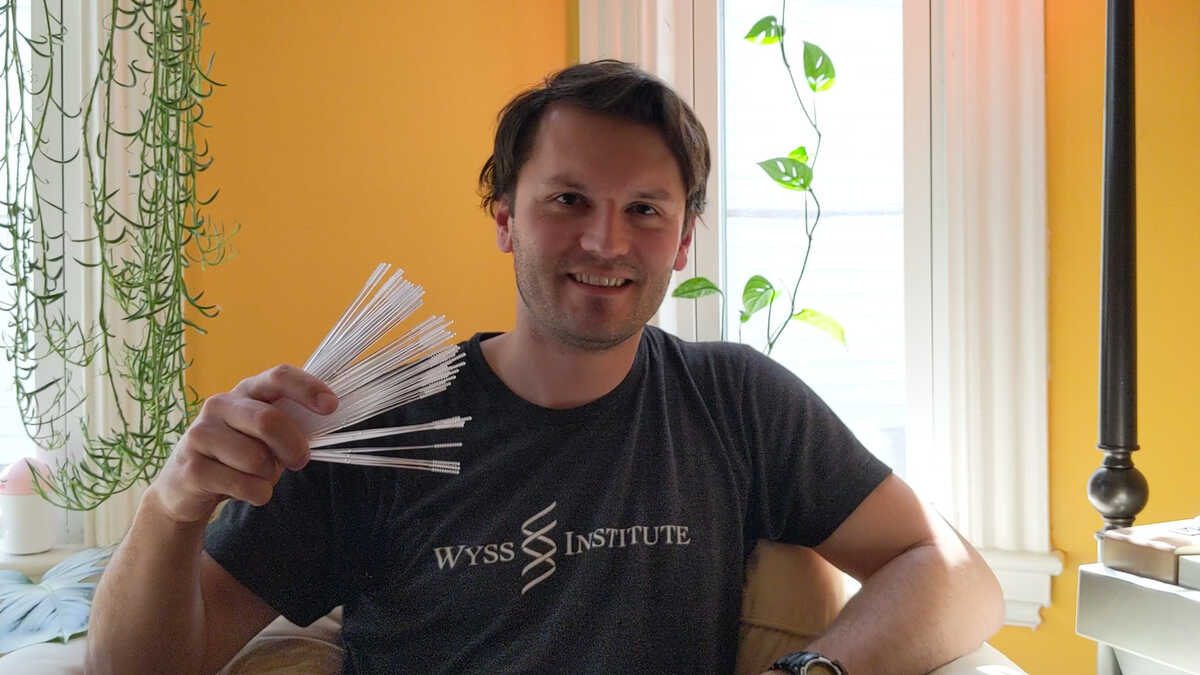
Wyss-designed swabs enter human trials for COVID-19
New low-cost nasopharyngeal swabs can be manufactured quickly to address the international shortage of swabs for testing and research
By Lindsay Brownell
Researchers at the Wyss Institute at Harvard University, in collaboration with healthcare, research, and industrial partners, have designed a new, fully injection-molded nasopharyngeal swab that can be manufactured quickly and inexpensively at high volume to help address the nationwide and international shortage of swabs for COVID-19 testing and research. The swabs are moving into human trials at SUNY Downstate Medical Center in New York and Translational Genomics Research Institute (TGen), an affiliate of City of Hope in Arizona, which should be completed by the end of next week, and are in preclinical evaluation at six additional hospitals. Data from the two trials will be used to inform larger trials with COVID-19 patients, and California-based medical device manufacturer IPB, Inc. has been working around the clock to ramp up production of the new swabs to reach 200,000 per day by May 15.
Wyss-designed swabs enter human trials for COVID-19
Formlabs Covid19 response: Face Shields
Formlabs has fielded hundreds of requests, evaluated dozens of potential applications for 3D printed products, and is now supporting a handful of projects with high-impact potential. The current priority areas were selected based on clinical demand, technical feasibility, and regulatory implications. Priority areas for focus include test kit swabs, ventilator splitters, and face shields. Once designs have been tested and validated by the medical community, Formlabs has the resources available to scale production to tens of thousands of parts per week. We are ready to engage our internal resources and community of skilled volunteers to produce parts for healthcare providers all over the world.
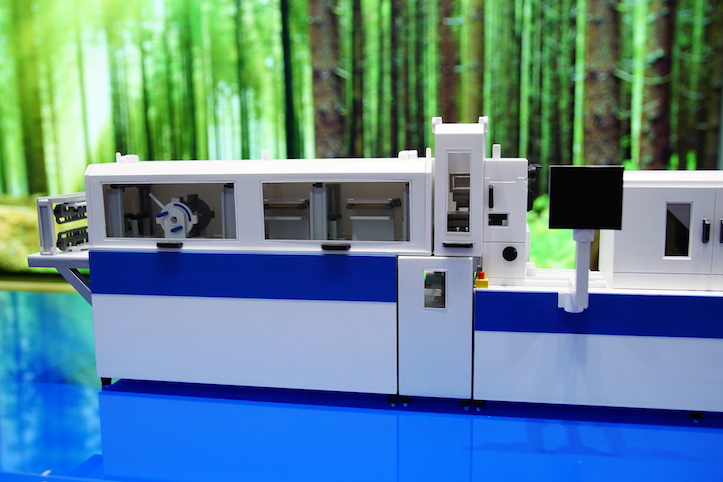
Model making at VMR
You are never too old for model building, not even at VMR. Therefore we were looking forward to the challenge to produce a model for the company Breyer from Singen. They needed a 1:10 scale model of a special machine for a trade fair. After preparing the data, all individual components were produced in our 3D printer. For an exhibition model with high demands on the surface, however, there is still no suitable additive process. For this reason, the individual parts were then ground by hand. Then the model was painted and assembled - just like in real model making.

Modellbau bei VMR
Für Modellbau ist man nie zu alt, auch nicht bei VMR. Daher haben wir uns auf die Herausforderung gefreut ein Messemodell für die Firma Breyer aus Singen anfertigen zu dürfen. Diese benötigten für eine Messe eine Sondermaschine im Maßstab 1:10 als Modell. Nach Aufbereitung der Daten wurden alle Einzelbauteile bei uns im 3D-Drucker hergestellt. Für ein Messemodell mit hohen Ansprüchen an die Oberfläche gibt es jedoch noch kein geeignetes additives Verfahren. Aus diesem Grund wurden die Einzelteile anschließend per Hand geschliffen. Danach wurde das Modell lackiert und zusammengesetzt - wie im richtigen Modellbau eben.
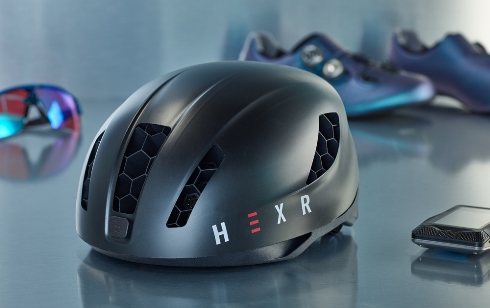
EOS Launches Digital Foam
A New Program to Speed Development and Production of 3D Printed Foam Applications

 Deutsch (Germany)
Deutsch (Germany)  Polski (PL)
Polski (PL) 






